BPS-Chief-Suharyanto-speaks-to-journalists..jpg" alt="" width="780" height="390" class="size-full wp-image-95585" /> BPS Chief Suharyanto speaks to journalists.
Jakarta, MINA – The poverty rate in September last year dropped to 10.12 percent, or 26.58 million people, as compared to 27.77 million in March 2017, Head of the Central Statistics Agency (BPS) Suhariyanto remarked here on Tuesday.
“We are pleased to inform the public about this (poverty rate) figure,” he stated at a press conference in Jakarta.
The BPS chairman also noted that the number of poor had declined by 401.28 thousand people, from 10.67 million during the Mar-Sept 2016 period to 10.27 million in 2017.
Meanwhile, the number of poor residing in villages has also decreased by 786.95 thousand people, from 17.10 million in 2016 to 16.31 million last year.
Also Read: Saudi Arabia Wins Bid to Host World Expo 2030
According to Suhariyanto, the low inflation rate of 1.45 percent is one of the major factors for a drop in the poverty rate.
Apart from inflation, the rise in the farmers` wages was also another factor that helped to reduce the poverty rate in 2017.
The average wage earned by farmers has increased by 1.5 percent, from Rp49,473 in March last year to Rp50,213 in Sept 2017.
“The real daily wage of a farmer has also increased by 1.05 percent, from Rp37,318 in March 2017 to Rp37,711 in Sept,” Suhariyanto remarked.
Also Read: 148 Products from Indonesia Promoted at Sarawat Superstore Jeddah
During the same period, the daily wage of a construction worker has also increased by 0.78 percent, from Rp83,724 in March 2017 to Rp84,378 in Sept.
“However, the real daily wage of (construction) workers is down by 0.66 percent, from Rp65,297 in March to Rp64,867 in Sept. We have taken note of this figure,” he stressed.
On a similar occasion, Suhariyanto also noted some commodities that will affect the poverty rates, both for people living in cities and villages.
These commodities include cigarettes, meat, chicken eggs, instant noodles, and sugar.
Also Read: Packaging Industry Supports Halal Ecosystem
Non-food commodities contributing to poverty rate
Meanwhile, non-food commodities that contributed to the poverty rate are housing, gasoline, electricity, education, and a package for the poor.
According to the national socioeconomic survey (Susenas) conducted in Sept, the special “welfare” rice distribution to 30 percent households also contributed to the lower poverty rate in 2017.
According to the Statistics Agency`s record last year, the largest percentage of poor was recorded in the provinces of Maluku and Papua, covering some 21.23 percent. However, in terms of percentage and number, most of the poor are still residing in Java.
Also Read: Indonesia-Japan Agree on Energy Transition Cooperation
In 1999, the number of poor had reached 47.97 million, or some 23.43 percent of the total population.
However, in 2006, Sept 2013, and March 2015, the poverty rate had rocketed, as some prices of primary commodities and fuels had increased. (T/RS5/RS1)
Mi’raj Islamic News Agency (MINA)
Also Read: Dubai Expo 2020 Holds Special Event for Palestine





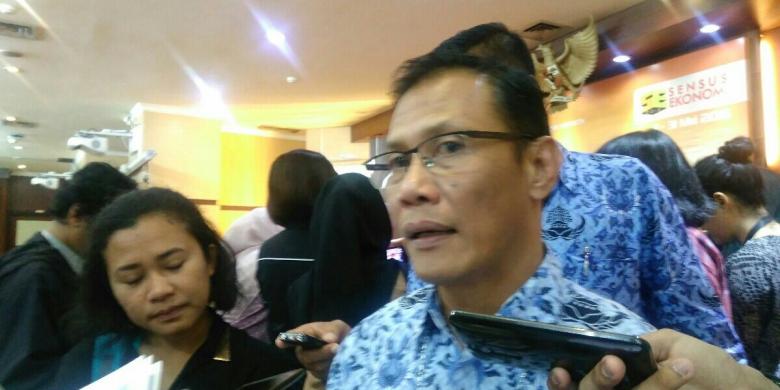






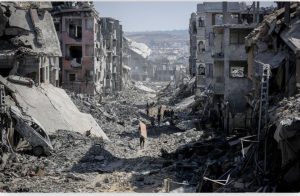
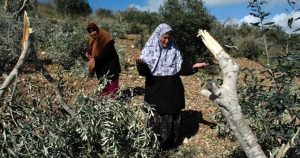

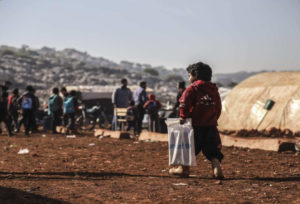

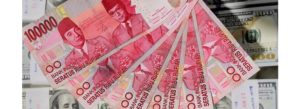















 Mina Indonesia
Mina Indonesia Mina Arabic
Mina Arabic